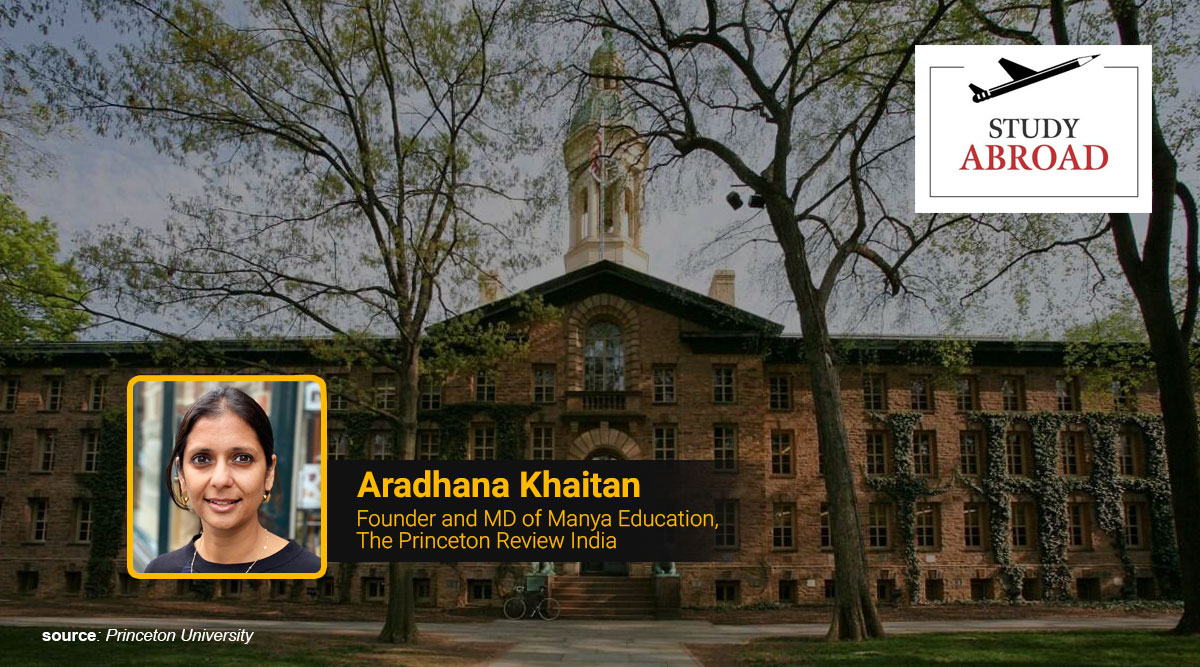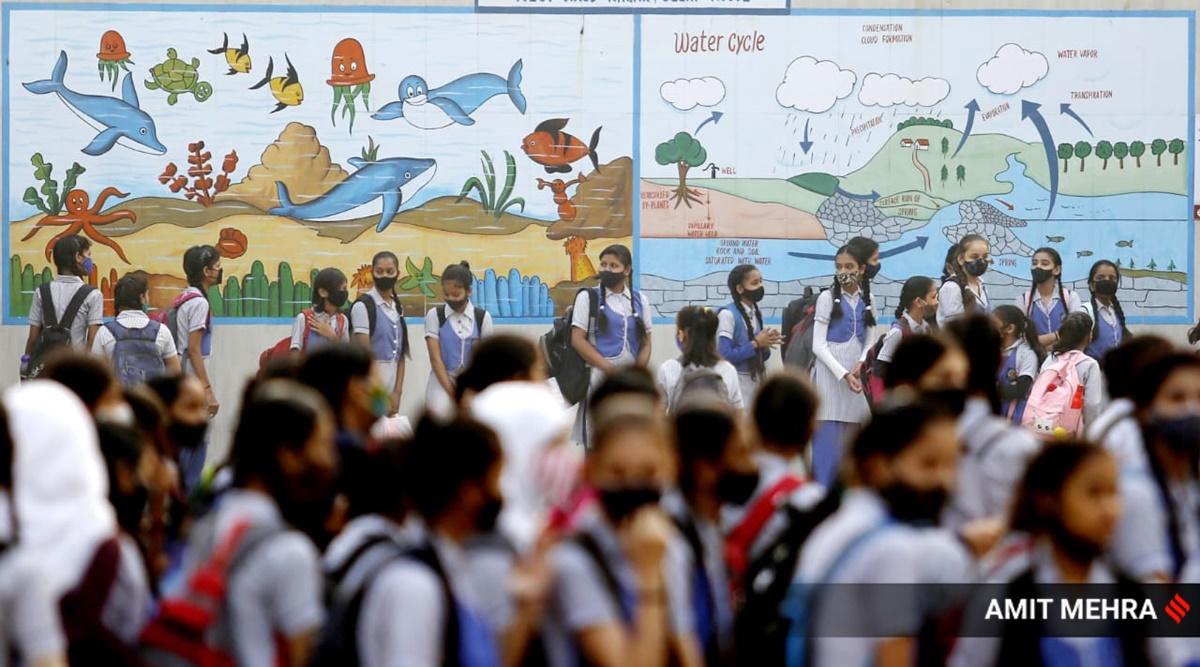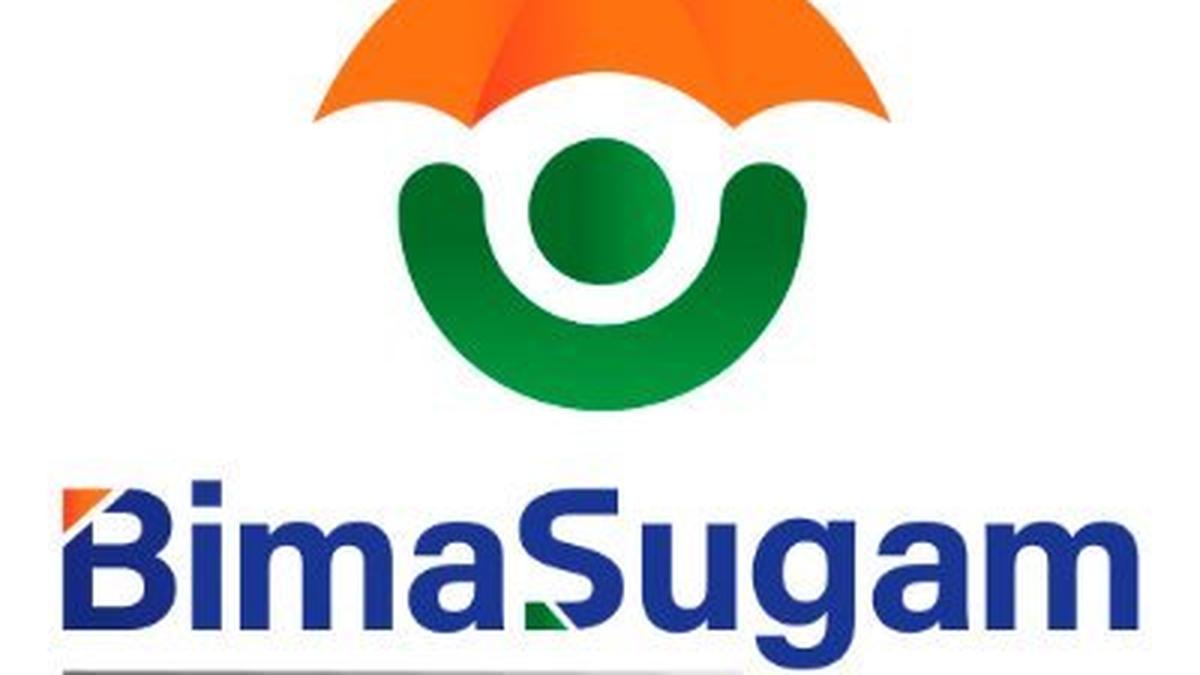The SAT is a standardised exam comparable to Indian entrance examinations like JEE, and CUET and is used by most colleges and universities in the US and many other countries, including in India, to make admissions decisions for their Bachelor/Undergraduate courses. Of the over one million test takers across the world, Indian students make up a sizeable cohort, with about 25,000 of them taking the SAT every year.
The next SAT exam is on December 3, 2022, with its deadline for registration on November 3, 2022. This exam date holds a lot of significance since this is the last pen and paper-based SAT. From 2023, the SAT will be held in digital form or the Digital SAT or DSAT, whose first test is scheduled on March 11, 2023.
A good SAT score is critical for and university to consider scholarships, however, it is not the only criterion. The overall student’s profile, academic merits, achievements etc. all combined with SAT help the student achieve the scholarship. One does stand a chance to even get a full scholarship based on the overall profile.
The SAT can feel quite intimidating for a lot of students, especially because it plays a pivotal role in their future. However, if they prepare for it in the right manner, with the right resources, and guidance, then it really does not have to be as challenging as perceived.
To make the SAT the best possible option for students, beginning in 2023, the SAT Suite of Assessments will be offered digitally. When students take the digital SAT, it won’t simply be a digital version of the current pen-and-paper test. It will be a better and more flexible test that’s easier to take, easier to give, more secure and more relevant.
Easier to take
Digital SAT Tests are:
— Roughly 1 hour shorter
— Pre- and post-test activities and administrative time have been reduced
— Digital SAT can be taken over a wide range of devices
— The tests are concise and focussed
— The test features numerous tools, such as a built-in graphing calculator as well as the ability to annotate and flag questions.
Easier to give
In the digital form:
— There will be no more shipping, packing, unpacking and distributing of test materials
— The test will have fewer separately timed sections
— Test timing and administration will be handled by the testing platform and not a proctor
— The test delivery platform will be tolerant of momentary interruptions in connectivity (whether network or battery related) without losing students’ work or time
— Students who experience brief interruptions due to connectivity, can quickly resume with no loss of testing time
— If students should their device batteries fully drain during testing, they can simply plug in, restart, and resume testing without loss of either testing time or their work
— Testing platform automatically saves the answer responses.
More secure
— The custom-built delivery platform displays only one question
— Copying test content is almost zero
— Students copying from their test neighbours is greatly diminished (although this is a remote possibility).
More relevant
With the digital tests:
— The number and variety of contexts serving as the basis for test questions have been greatly increased
— There are many more opportunities for the tests to represent the diversity of people, experiences, and interests around the world
— The chances that students will encounter passages on the test day that they find meaningful and personally interesting greatly increases.
What’s staying the same on DSAT
— DSAT will continue to measure the student’s knowledge and skills which matter the most for college and career readiness
— Scores will remain on the same 1600 scale
— The test should be taken in school or at a test centre
— Free practice resources will be available for everyone
— Students will continue to connect directly to scholarships
What’s changing on DSAT
— The test has to be taken on a laptop or tablet
— The test will now be multistage adaptive to fairly and accurately measure the same things with a shorter test preserving test reliability.
— The suite assessments are substantially shorter lasting 2 hours and 14 minutes as against 3 hours
— Test takers will have more time, on average, to answer each question
— Students will receive scores faster in days instead of weeks
The test will be more secure. It gives every student a highly comparable but unique test form
— There will be more flexibility for administering SAT suite tests digitally
DSAT Multistage Adaptive model
In this model, each test section (Reading and Writing; Math) is divided into two equal-length and separately timed stages and each will have a module of questions. Students will begin by answering questions in the first module which will contain a mix of easy, medium and hard questions. The questions appearing in the second module broadly depend on the test taker’s achievement level and performance in the first module. Questions would be of a higher or lower order of difficulty in the second module than in the first module. The test adapts to present questions that depend on the student’s performance level in the first module.
Section level changes
Reading and Writing
— There will be a single Reading and Writing section instead of separate Reading, Writing, and Language tests
— Reading and writing sections will feature many shorter texts than a few long texts and students will see a wider range of topics that represent works that they read in college.
— A single discrete question is associated with each passage or passage pair.
Math
— Calculators are allowed throughout the Math section as against the no calculator sections on the pen-paper SAT
— Students can bring in their own calculators (to be approved) or can make use of the inbuilt graphing calculator built directly into the testing application
— The average length of the in-context questions has been reduced.
Digital SAT implementation timeline
The transition from paper and pen to digital at international test centres in the spring of 2023 and at the US schools and test centres in the spring of 2024.
Digital testing application
The Digital SAT suite application will be administered on College Board’s customised digital testing application. The digital application has many tools for students which include :
— Mark for review: Students can flag and return to any question within a given test module they want to come back to later.
— Testing timer: A clock counts down the time remaining in each module. Students can hide the timer, and they get an alert when 5 minutes remain in the module.
— Calculator: A built-in graphing calculator is available in the entire Math section. (Students can also bring their own approved calculator.)
— Reference sheet: In the Math section, students have access to a list of common formulas.
— Annotation: Students can highlight any part of a question and leave themselves a note.
(The author is the Founder and MD of Manya Education, The Princeton Review India)
!function(f,b,e,v,n,t,s)
{if(f.fbq)return;n=f.fbq=function(){n.callMethod?
n.callMethod.apply(n,arguments):n.queue.push(arguments)};
if(!f._fbq)f._fbq=n;n.push=n;n.loaded=!0;n.version=’2.0′;
n.queue=[];t=b.createElement(e);t.async=!0;
t.src=v;s=b.getElementsByTagName(e)[0];
s.parentNode.insertBefore(t,s)}(window, document,’script’,
‘https://connect.facebook.net/en_US/fbevents.js’);
fbq(‘init’, ‘444470064056909’);
fbq(‘track’, ‘PageView’);







